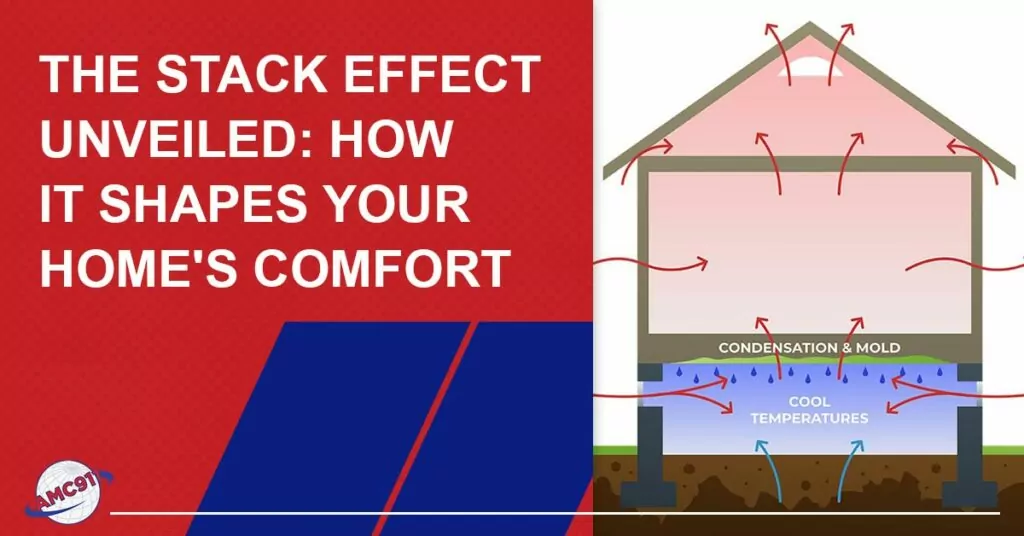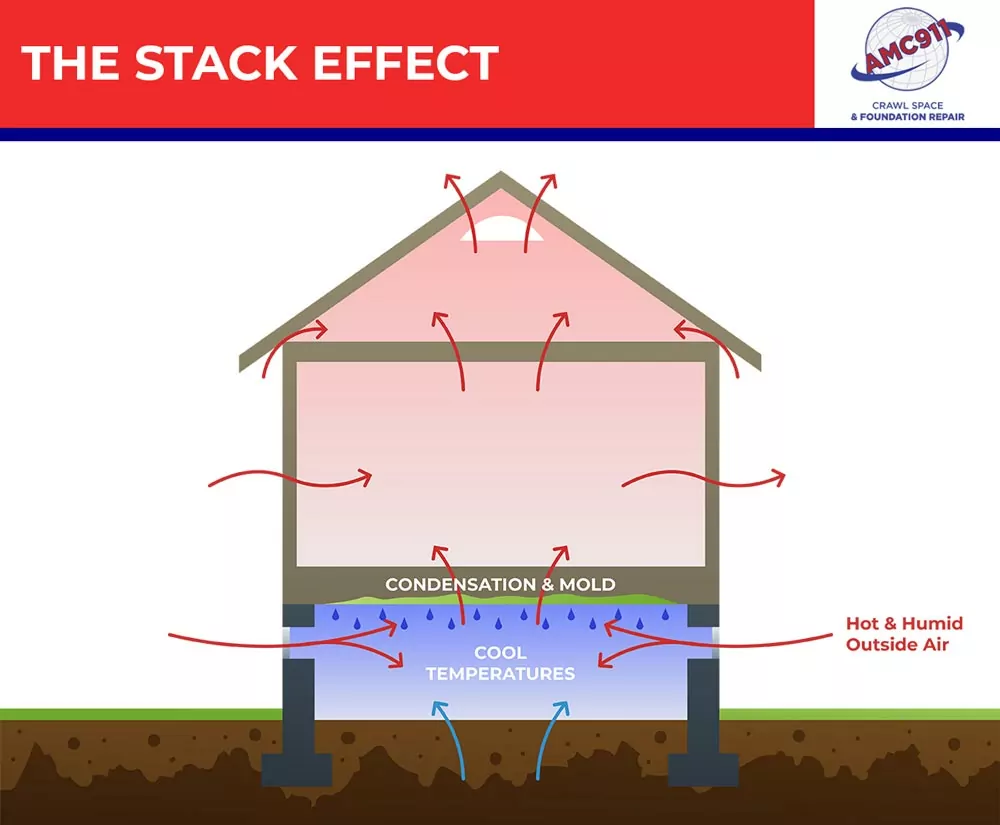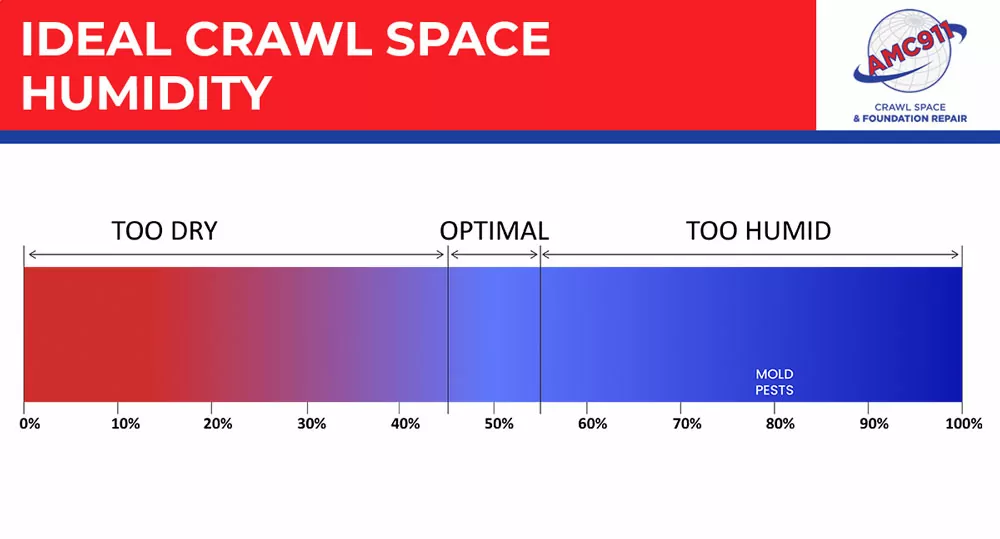Have you ever wondered why certain rooms in your house feel cooler than others, even with the heating on full blast? It’s probably not a ghostly presence but rather something called the “stack effect” at play. In this blog post, we’ll shed light on this natural heating and cooling phenomenon and discuss how it can impact your home’s energy efficiency, comfort levels, and even your utility bills. Join us as we dive into this invisible force that shapes our living space.
What Is the Stack Effect?
The stack effect, also known as the chimney effect, is a phenomenon that describes the movement of air through a building as a result of temperature and pressure differentials. In the context of buildings, warm air rises because it is less dense than cold air. As warm air accumulates in upper levels or attic spaces, it creates a positive pressure, forcing cooler air into lower levels of the building to replace it. This creates a loop where warm air is continually rising and exiting the building at high points, while cooler air is drawn in to take its place. Some estimates are that up to 50% of the air you breathe originates in the basement or crawlspace during the winter months.
In the summer, the stack effect works in reverse. As you use your air conditioner, the stack effect kicks into high gear. The cooler air escapes through the floor and down into the basement or crawlspace. As the air exits the living space to go into the lower part of the home, it creates a vacuum that is filled with hotter air coming in through the attic.
This natural ventilation process created by the stack effect can impact indoor air quality and energy efficiency. It’s often seen in taller buildings with central staircases, where you can often feel the temperature change as you ascend or descend.
How the Stack Effect Affects Your Wallet
The stack effect may occur year-round, but the impact is often felt much more in the year’s colder months. You may find that you are spending up to three times more on heating the air in the home compared to cooling it. In other words, the warm air you lose in the wintertime is more expensive than the cooler air you lose in the summertime.
So, Is the Stack Effect Good or Bad?
After a brief discussion explaining the stack effect, most homeowners assume it is always a bad thing and they’re basically right. What looks at first like a benefit, really isn’t. For example, the stack effect provides a natural form of ventilation that is energy efficient and low maintenance. The problem is the stack effect pulls air out of the basement or crawl space, which is often moist and could contain mold spores. On the other hand, with basement or crawl space waterproofing, this issue is reduced significantly.
The truth is, many issues associated with the stack effect can make your home uncomfortable. This includes cold areas. You may be able to feel those temperature differences, particularly in the floor area where the air is coming from.
Noise may also occur throughout the home as the air passes through. It could cause whistling or other noises as it passes through small cracks. You may notice the noise more when you get close to it.
Finally, as noted above, the stack effect can result in higher energy costs. Since you are constantly struggling against the outside air, you will have to pay more to heat and cool the air in the home. This is a bigger problem when the basement or crawl space is not waterproofed, as this can raise the humidity level throughout the home and humid air is more difficult to heat and cool.
Mitigating the Effects of the Stack Effect
To mitigate the stack effect in a home, there are several techniques that can help.
Firstly, sealing any gaps and cracks, such as around windows and doors, can minimize the movement of air. This is a basic but effective step that keeps the conditioned air inside and prevents unwanted air exchange.
Secondly, proper insulation, especially in the attic and near the foundation, can maintain a more consistent temperature in your home, which hinders the stack effect’s push to equalize indoor and outdoor air.
Additionally, ensuring your heating, ventilation, and air conditioning (HVAC) system is well-maintained and operates efficiently can reduce pressure differences that contribute to the stack effect.
Finally, using exhaust fans sparingly and ensuring they are venting to the outside can help control air movement inside the home.
While these steps can help, consulting with a professional to assess your home’s specific needs is always a good choice. If you think you might be having a problem due to the stack effect, contact AMC911 today to schedule an evaluation.


















